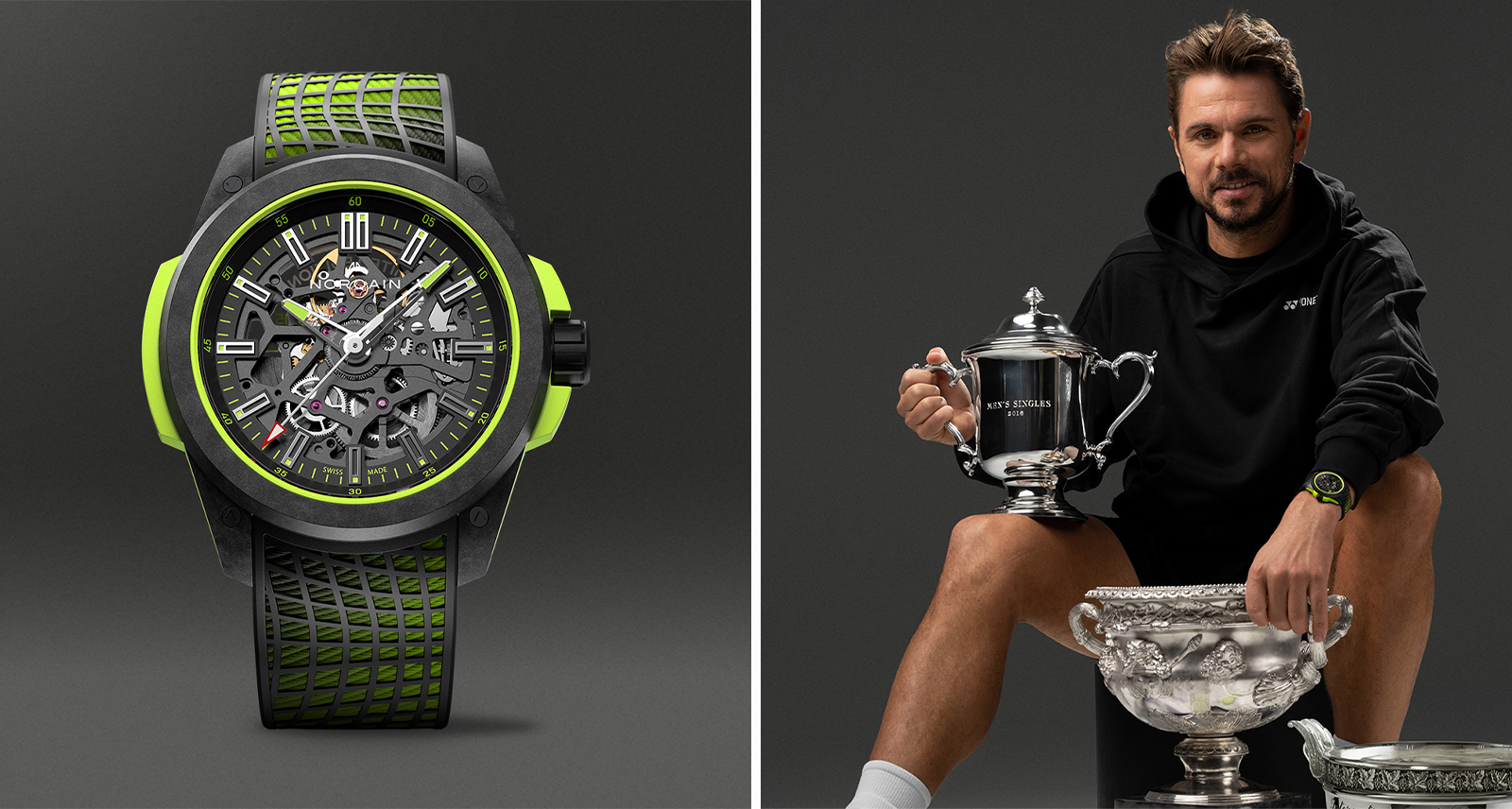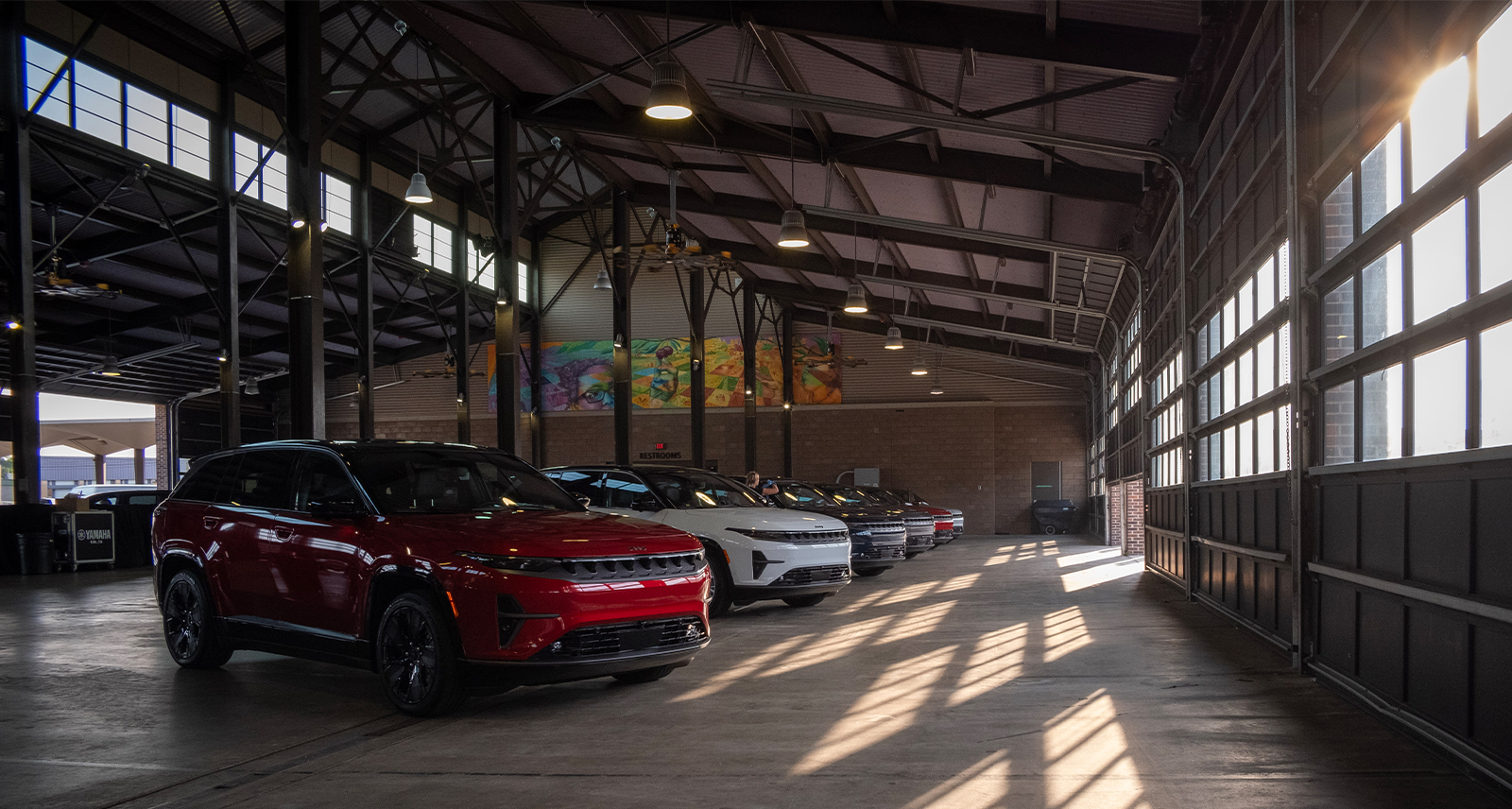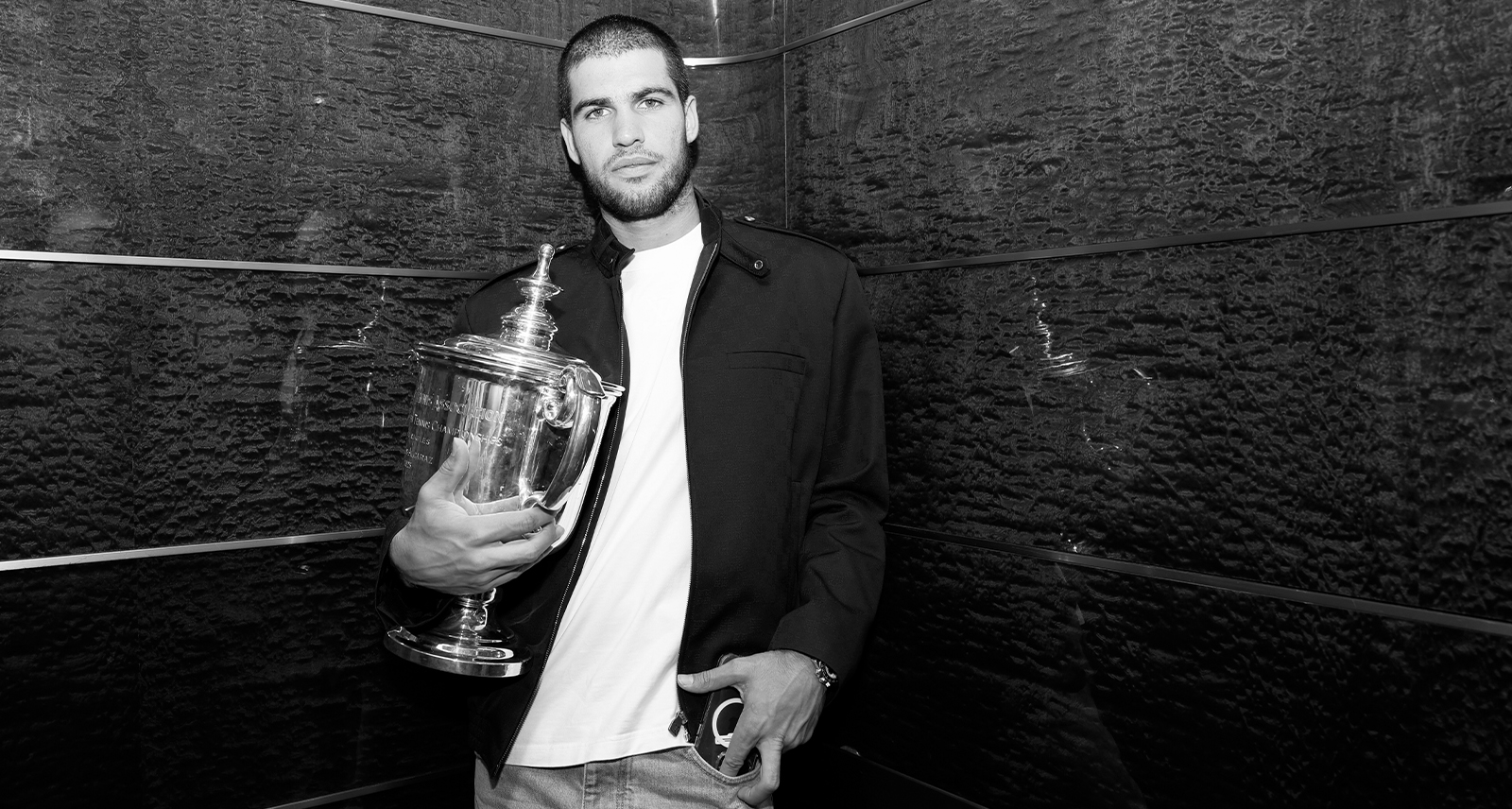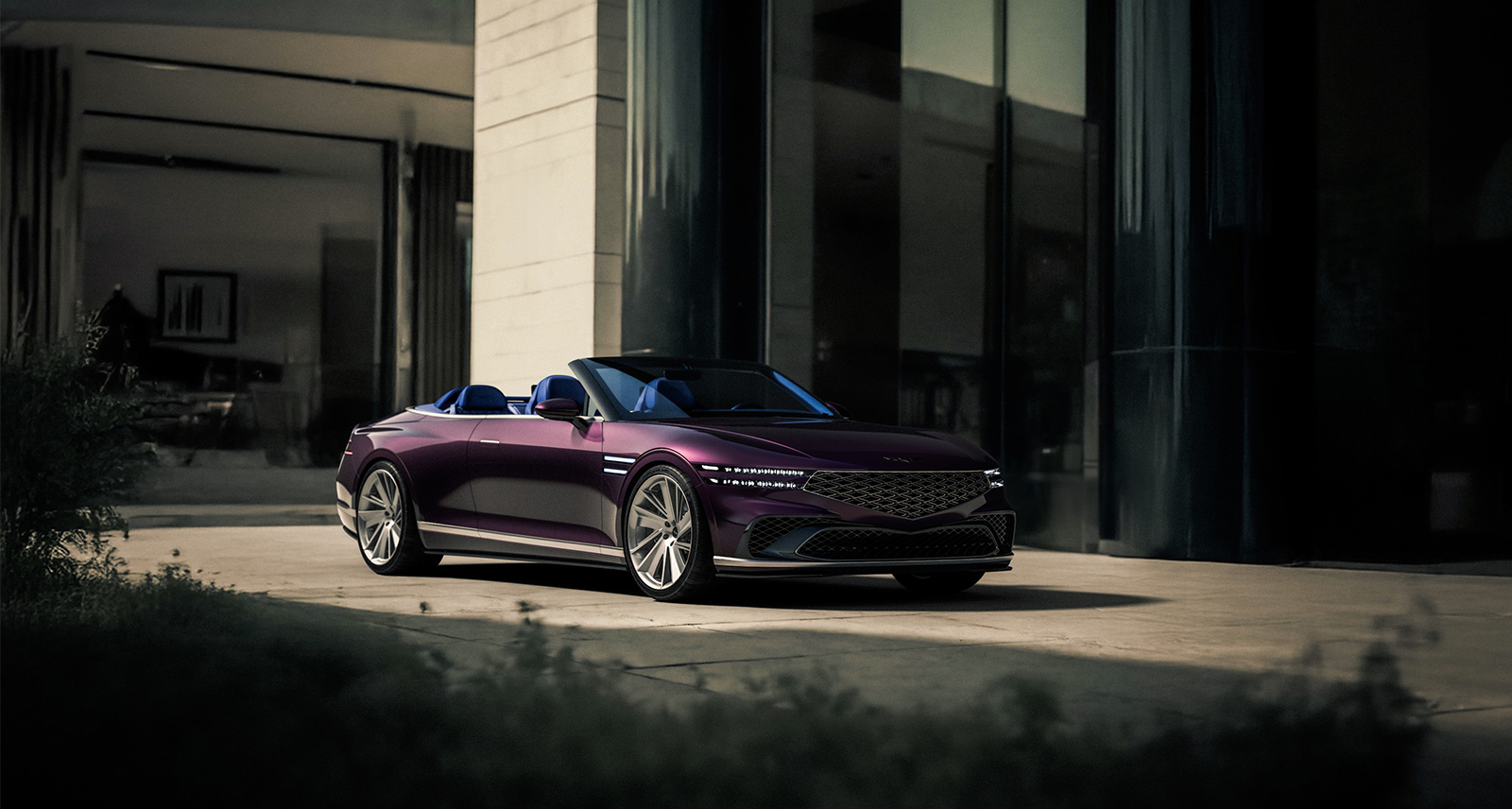How to Buy a Kick-Ass Work of Art
Everyone wants to own an eye-catching work of art. An investment piece that you’ll be proud to call attention to when you’re hosting a party of your most high-minded friends. But, let’s be honest, few of us actually know what to look for, or how to even go about finding “good” artwork. It takes a certain keen eye.
Ron Rivlin has that eye. The 41-year-old entrepreneur proudly runs the world’s largest gallery-owned Andy Warhol collection, and he’s been buying and selling fine art for decades. Usually displayed at L.A.’s Revolver Gallery, a portion of Rivlin’s collection has travelled to Toronto for Andy Warhol Revisited, an biggest-ever exhibition of the pop artist’s work in Canada. We caught up with Rivlin about his Warhol obsession and got his advice for getting started in the art collecting game.
“Auctions can be very risky because of the condition. You need to be an expert to know what you’re looking for when you go to auctions.”
Why Warhol?
Warhol was the star that attracted my eye. It’s hard to avoid him. A friend of mine had a Warhol painting of Mick Jagger in his house and I asked him how much he paid. He said, “$10,000.” Well, I couldn’t find one for less than $50,000. I started researching the landscape of Warhol and his market value. I fell in love with Warhol all over again and started buying as many pieces as I could find. I learned everything that there is about Warhol. The more I read, the more fascinated I was, and I literally became obsessed with Warhol.
I started showing my pieces in a gallery space owned by a friend of mine. Now, we have the largest collection in the world of any art gallery. And we’re the only gallery in the world that is only Warhol. We have over 200 pieces in our inventory. I fly around and meet with people who knew Warhol to hear their stories. I just met with Warhol’s family who believe he had Asperger’s syndrome, while the rest of the world thinks he was a calculating genius artist. I’m constantly researching and trying to learn more of what’s not in the books or in the documentaries.

Of the pieces that you’ve collected over time, which one was the hardest for you to find?
Probably the Revolver Gun. It’s basically a painting of the gun that was used when Valerie Solanas shot Warhol in 1969. Warhol was shot and the bullets went through 5 vital organs and he died. When he got to the hospital, they realized who it was and they cut open his chest and the surgeon actually reached in and squeezed his heart to get it pumping again. He had to wear a girdle for the rest of his life, just to hold his guts in, so he did a painting of the gun that shot him. His thought process definitely had to have been deep and emotional during that period, so it’s kind of cool to have a piece of history like that in our collection. That was one piece that we’d always wanted, and we finally got it against all odds.
Which piece is your favourite?
My favourite is probably the Liz Taylor. It’s just very striking and when your eyes connect to it, there’s a physical reaction. And it’s a smaller piece — it can be the only thing on a big wall and it’ll have the same impact as if it covered the entire wall. Once it sold, it was hard to let that one go. Maybe when I retire, I’ll keep that one.
“The best place to put your money is with someone starting out, because those are the Warhols of today.”
How should someone go about finding reputable art dealers?
You need to be resourceful. You need to do your research. You can’t look up just any art dealer that sells Warhol because you never know the integrity of the gallery, you don’t know if he’s an expert or where they got it from, or if it’s been worked on. There are always some repairs like conservation that you can forgive, if it has a crease or it gets pressed out — you’re okay, you’re allowed to do that. But some people will actually repaint the print, which it devalues the work. We very carefully pick out inventory and never buy works that are torn or have water damage or have been re-screened.
The places to go to are galleries and auctions. Auctions can be very risky because of the condition — you need to be an expert or you need to know what you’re looking for. It could have had repairs, it could have had something go wrong with it. You’d never know by looking at it with your naked eye. But we do. We know everything down to the fibre in the paper to what paints went over which paints, whether the background colours match exactly or if they’ve faded from sun damage.
What are the best ways to keep your paintings in the best condition possible?
You always need to frame them in UV plexiglass. But, even if with UV plexiglass, you can’t have it in direct sunlight. That will also deteriorate it. You want to use acid-free hinges, because some hinges have acid in them that can damage the print over time. Even then, you should have very minimal hinging. You don’t want someone to put 50 hinges on the back of a print.
When you’re ready to sell your piece, finally, what would say is the best way to get the most bang for your buck?
A dealer is going to offer you what you would make most likely in auction — maybe a little less because they’ll get you out of it quicker than in auction. Auctions can take six to nine months to pay out, but beyond that there aren’t really any other outlets for selling art. You can’t really sell fine art on eBay successfully. Buyers will want to see it in person.

How do you know which works to invest money in?
The best place to put your money is with someone starting out, because those are the Warhols of today. So in 20 or 30 years, when their work becomes scarce and they’re no longer around, the value is going to start to go up. The underlying concept of this art business is supply and demand. It’s a fundamental of economics. The markets are flooded with Shepard Fairey and Mr. Brainwash today and you’re not going to make much off it, but if it’s scarce years from now, it could cost tens of thousands of dollars.
So there’s a chance that they become that valuable, but there’s also a chance they may not.
I think Shepard Fairey is going to be the most prolific artist of our generation because he does work from the heart. He’s very political and he likes getting his message across through art. And he’s critical about what kind of works he’ll do. There will be longterm value with his work. His philosophy is that everyone should be able to own his work, so he has prints that start low. The masses own his work and experience it. That’s how he operates.
Is there something that tells you that this art is going to be worth something down the line?
Yes. As I was saying with Shepard Fairey, for example, he’s already popular. There’s a demand for him already. When there’s a demand they become established, and the longer they’re popular, the more established they become.
The other thing to consider is how much impact the art has on people. You look at the Beatles, and they were only around for six or seven years as a band. But, they’re still considered the greatest rock n’ roll band that ever lived because their message was so strong for that period of time. They established themselves as the biggest act of all time and they still sell millions of records a year. Shepard Fairey is one of those artists that sells in the masses and is a good example of what people should look for. There’s already demand, there’s already hype.
When you buy art it’s either for one of two reasons or both: one is for market value as an investment, the other is because you genuinely love art and want to own it. We find most of our clients are both. They want to own art and enjoy it, but also know that they can sell it and make money back if need be.
What is one trick of the trade that you can share with us?
A lot of the time, when a gallery is having a show, they’ll call up people that liked a particular piece, but didn’t want to spend the money and they’ll sell it for almost nothing. That is up to the discretion of the artist. I always leave my business card with artists and dealers whenever I see something I love. Sometimes, I’ll get a call when the show is over and they’ll sell it to me for a fraction of the price. Be patient — if you wait until the end, there will be deals to be had. But, there’s always the risk that someone else will buy the piece that you like.










